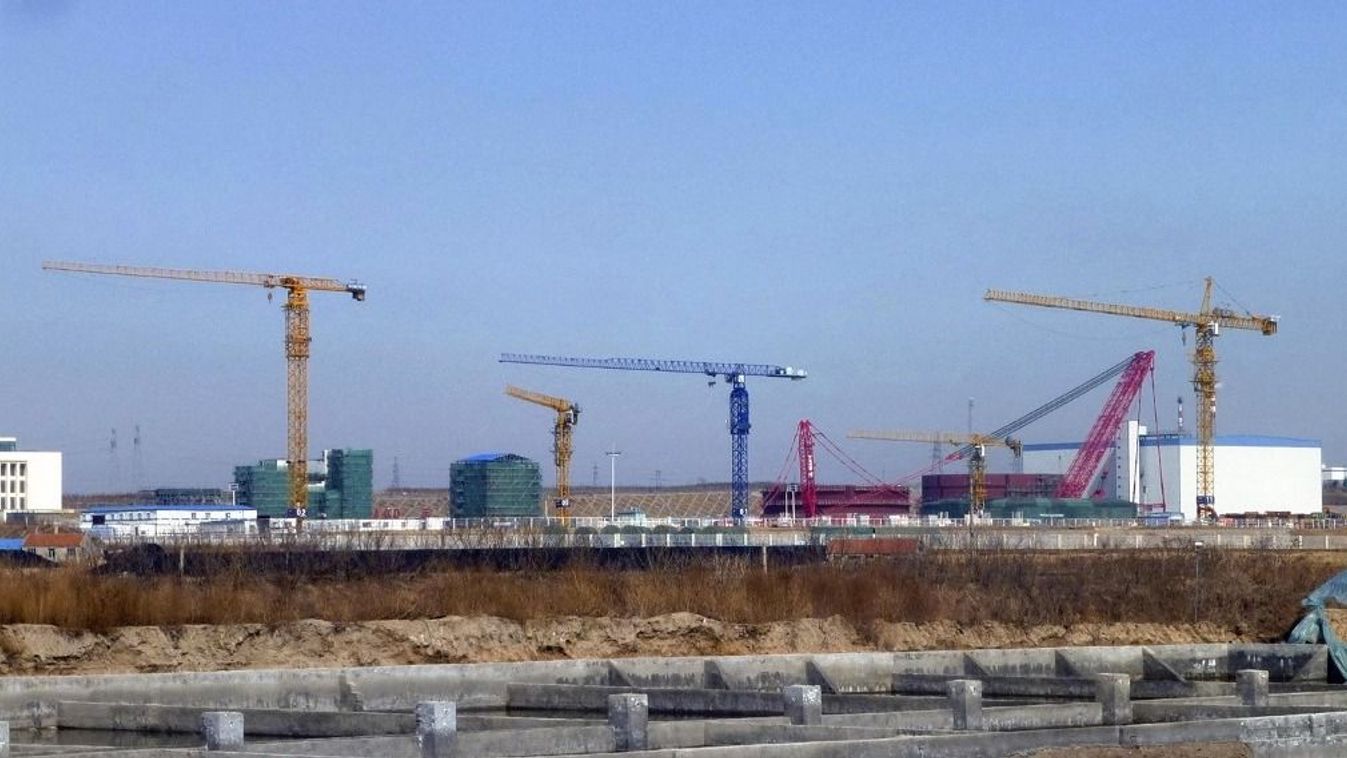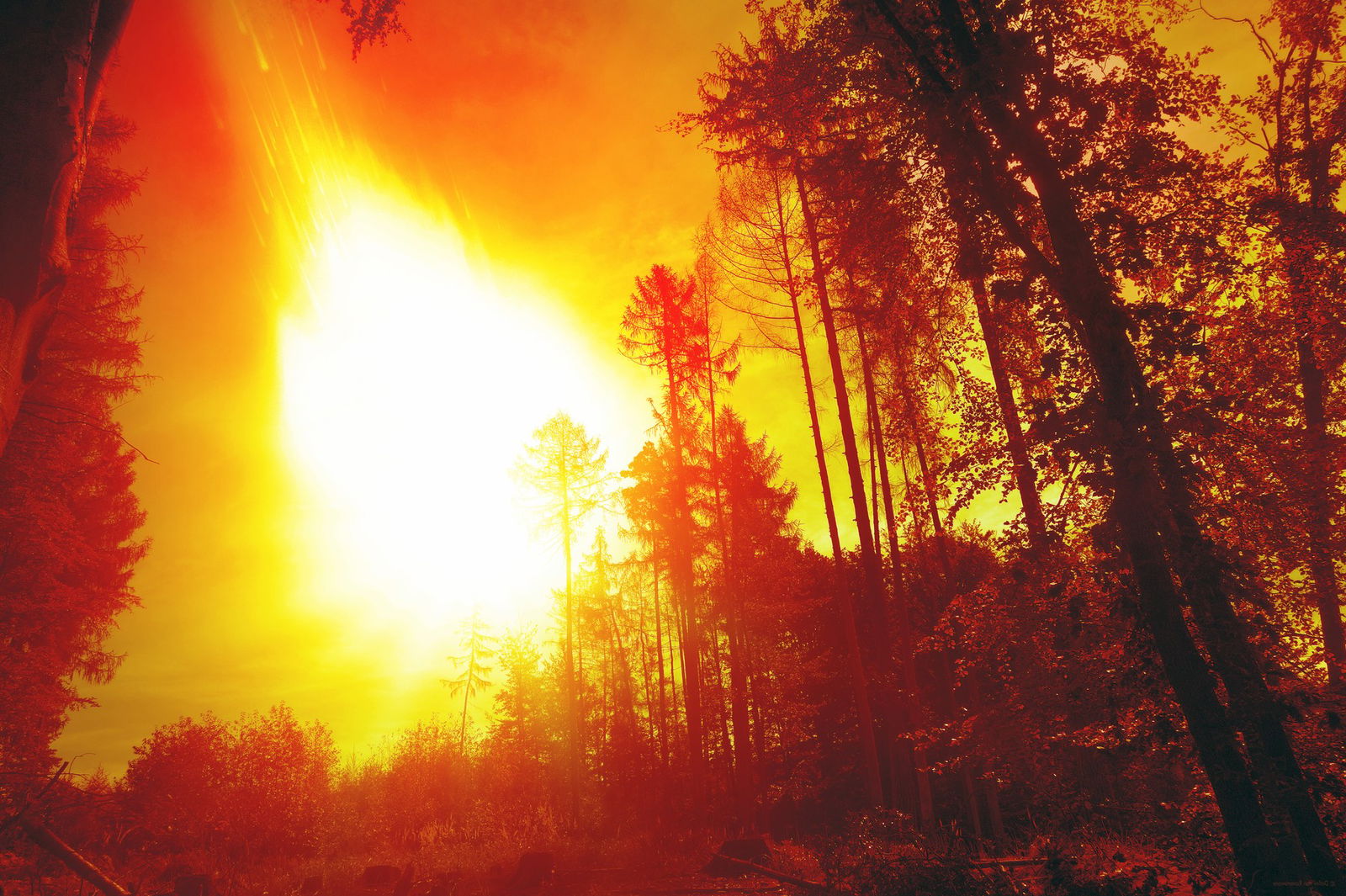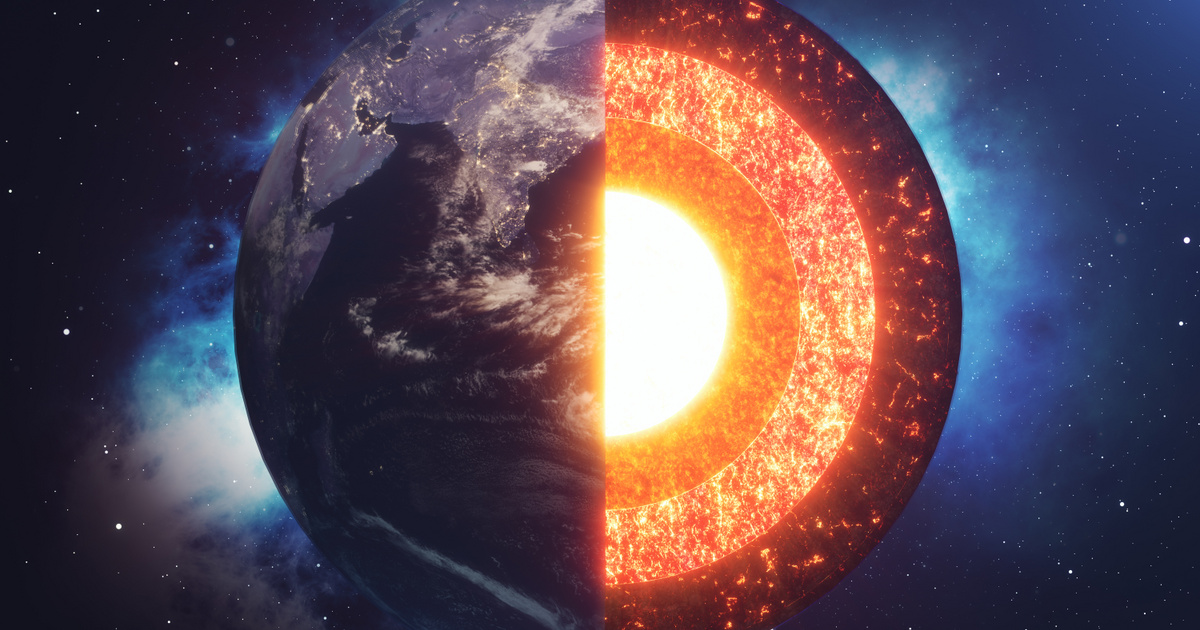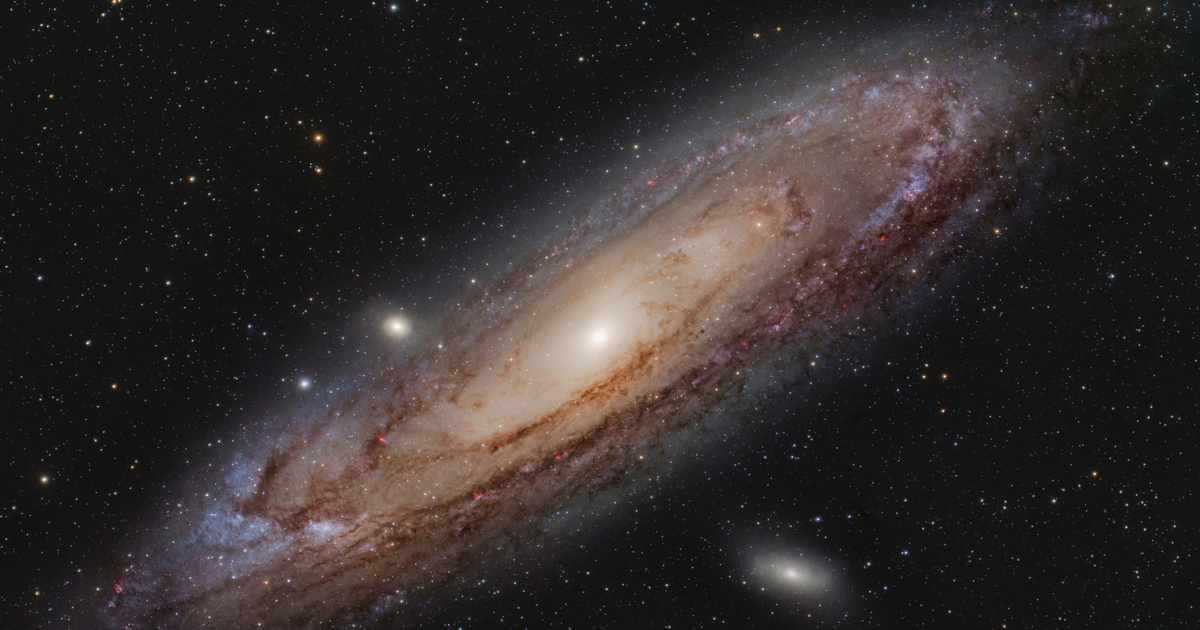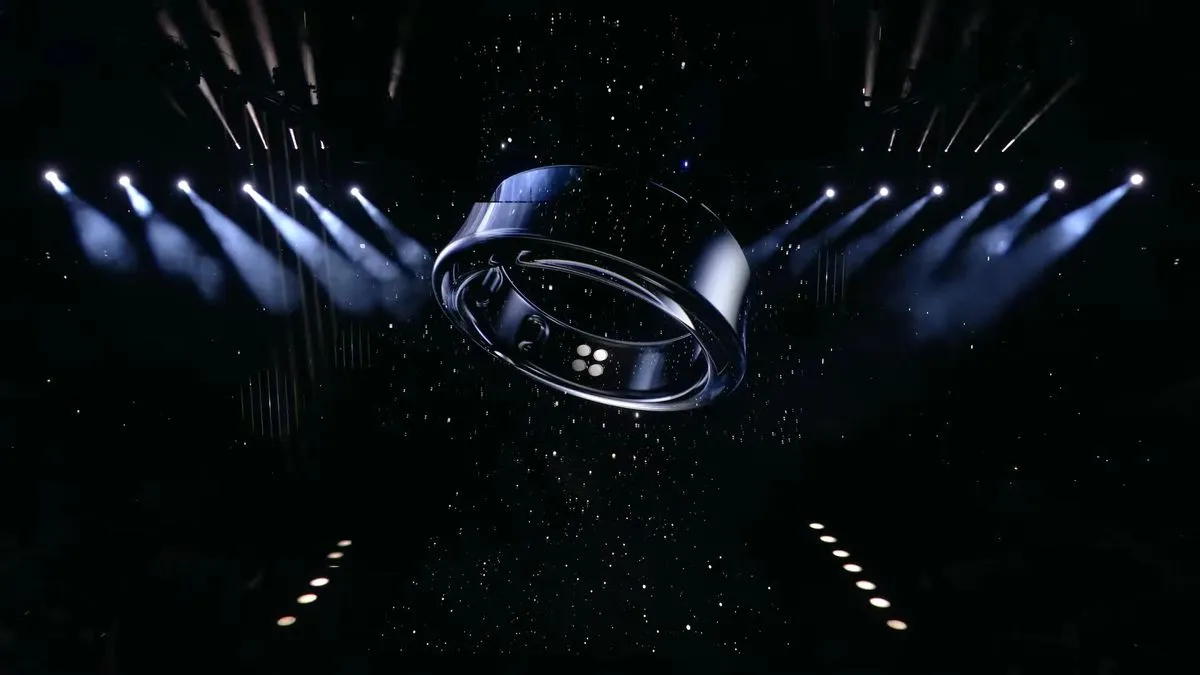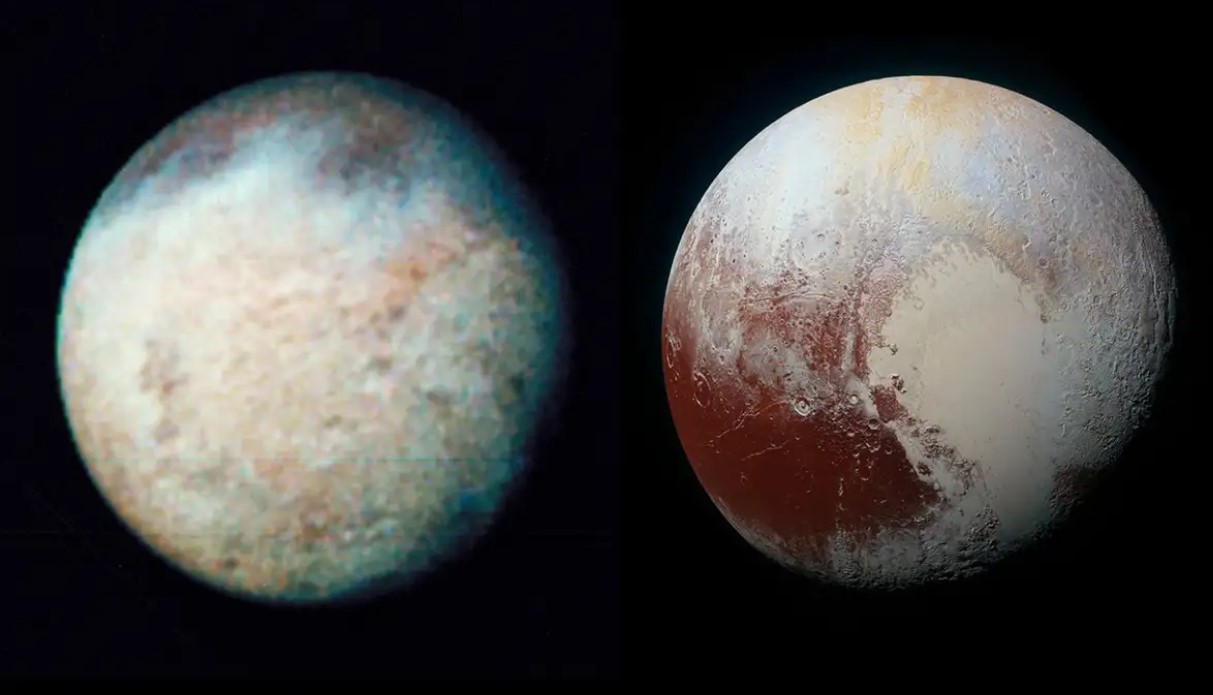Australia has been a stronghold of wildlife puzzles until now, but it has been discovered that many as yet unknown ancient fossils are hidden on the continent.
In the center of the tableland, hundreds of kilometers west of the capital, mostly slender trees rise to the sky and the area is covered with a variety of weeds. However, it has recently been discovered that some of the ancient rocks in the area contain traces of 15 million years ago, in the Miocene.
The area is officially named McGraths Flat, but this area isn’t the only Miocene site in Australia, although these fossils represent a major advance in paleontology that even researchers didn’t expect. Over the past three years, paleontologists have discovered many ancient flowers, insects, and even the fluffy feathers of a bird in the area.
A study published in Science Advances on Friday will be very useful for paleontologists in mapping the area and digitally reconstructing what ancient Miocene rainforests looked like in Australia, the report said. The New York Times.
According to their findings so far, 15 million years ago, a river crossed the forest and the water left a circular lake, which may have been suffering from severe oxygen deficiency, keeping carnivores away, causing many remains of animals and plants to accumulate on the bottom of the lake. the river. .
When researchers tore down ancient rocks in the area, they discovered many fossilized insects, giant cicadas, dragonflies, wasps, and even numerous spider remains. The researchers discovered some particularly exciting results when they discovered a clump of pollen on the head of a bee-like insect while photographing a fossilized insect.





